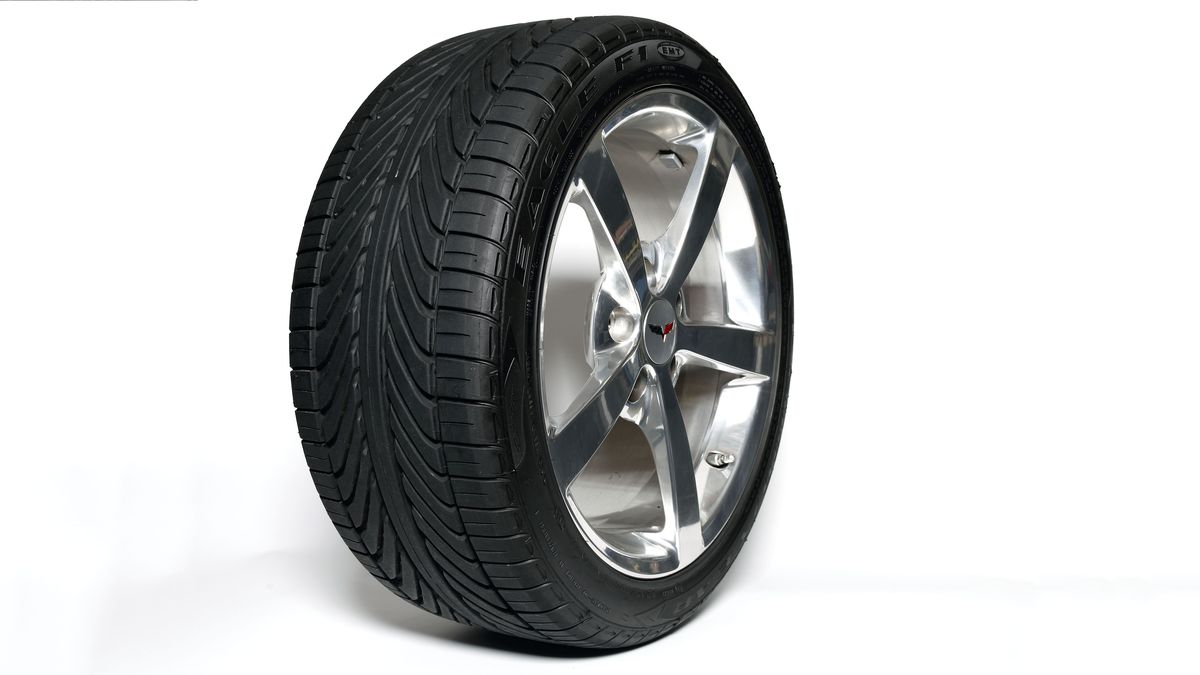Wheel balancing plays a crucial role in enhancing vehicle performance and ensuring a comfortable driving experience. Central to this process is the wheel balancing machine, a sophisticated device designed to bring harmony to your wheels.
Step-by-Step Guide to Operating a Wheel Balancing Machine:
Preparation:
Begin by ensuring that the wheel balancing machine is set up correctly and is on a stable surface.
Confirm that the machine is calibrated and in good working condition. Place the machine’s cones or adapters within easy reach for the upcoming steps.
Securing the Wheel:
Start by placing the wheel onto the balancer’s spindle. Use the quick release hub nut or any other appropriate attachment to secure the wheel tightly.
Properly centering the wheel is crucial for accurate balancing, so take care to align it correctly.
Inputting Wheel Data:
The next step involves entering specific data about the wheel and tire into the machine.
This includes the wheel diameter, width, and any additional information required by the machine. Some advanced models may have automated data input features, simplifying this step.
Wheel Weight Placement:
Based on the entered data and the initial balancing measurement, the machine will calculate the precise weight needed to balance the wheel. The operator is then guided to the location on the rim where these weights should be applied.
Applying Counterweights:
Following the machine’s instructions, attach the counterweights to the designated spots on the wheel. These weights counterbalance any uneven distribution of weight in the tire and wheel assembly, ensuring optimal balance.
Rechecking the Balance:
After applying the initial set of counterweights, the wheel is rechecked for balance.
The machine will provide feedback on whether additional adjustments are needed. This iterative process continues until the wheel is perfectly balanced.
Finalizing the Process:
Once the wheel is balanced, the machine will display the results, indicating that the balancing process is complete. Remove the wheel from the machine’s spindle and double-check that all counterweights are securely attached.
Quality Control:
To ensure the accuracy of the balancing process, it’s advisable to conduct a final quality control check.
Spin the wheel manually to confirm that it rotates smoothly without any wobbling or vibration. This hands-on inspection ensures that the balance achieved meets the required standards.
Record Keeping:
Some wheel balancing machines offer the option to record data for future reference.
Keeping a record of each balancing session, including the type of weights used and any specific adjustments made, can be valuable for tracking the history of the wheel’s balance over time.
Calibration and Maintenance:
Regularly calibrate the wheel balancing machine to maintain its accuracy.
Additionally, follow the manufacturer’s guidelines for routine maintenance to ensure the longevity and reliability of the equipment.







